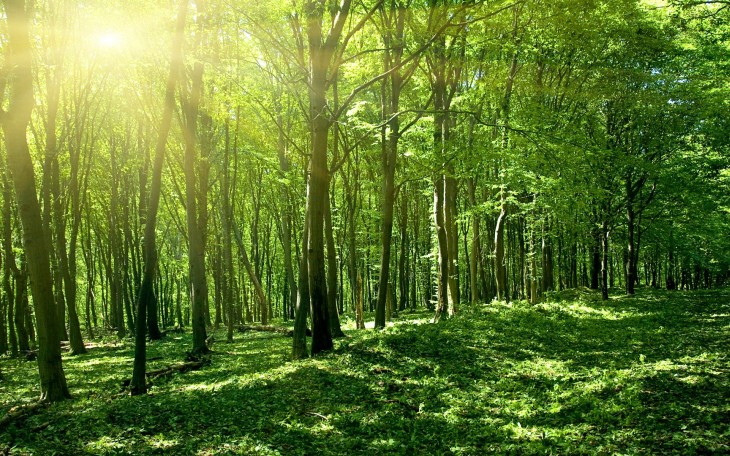This is Scientific American — 60-Second Science. I'm Christopher Intagliata.
Climate change may be partly to blame for the massive die-off of pine trees in the western U.S. But it works the other way, too: forest die-offs can alter the global climate.
"I like thinking of this as a parallel to something like El Nino." Abigail Swann, an ecological climatologist at the University of Washington. "We think these are also going to have climate impacts far away from where those forests are dying. So it's going to ricochet in other places around the globe."
To model those "ricochet" effects, Swann and her colleagues used climate simulations to wipe out forests and replace them with grasslands, in the western U.S., the Amazon, or both. They found that losing forests in one part of the globe does indeed affect climate very far away. "And that could be negative in a lot of places, it could be bad for the ecosystems in another places, but you could come up with scenarios where it makes the conditions a little bit better."

For example, killing off trees in western North America leads to cooler temps globally. That outcome means lower productivity in Siberian forests—a negative. It also dries up forests in the Carolinas—another negative. But conditions will get wetter in eastern South America—a positive for the forests there. The results are in the journal PLoS ONE.
One surprise, though, was that when researchers erased forests in both the Amazon and the western U.S.—it had an unpredictable, synergistic effect on global climate. "If we were to think about forest management around the globe, it really suggests we should manage in a coordinated manner rather than independent entities. Because the climate response to these changes in forest cover is going to be a function of all of them happening at the same time."
We do do that to some extent—like managing tropical deforestation through the U.N. But this study suggests we need to keep it up, and do even better, if we want to see the global forest for the trees.
Thanks for listening for Scientific American — 60-Second Science Science. I'm Christopher Intagliata.












